NORMAN CONQUEST & RELIGIOUS LITERATURE (1100-1500)
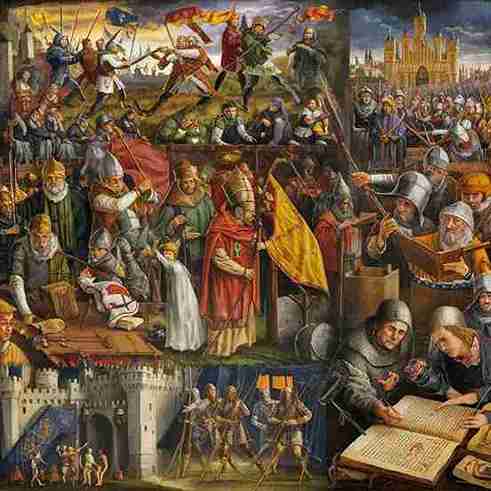
NORMAN CONQUEST & RELIGIOUS LITERATURE
NORMAN CONQUEST & RELIGIOUS LITERATURE MIDDLE ENGLISH PERIOD (1100-1500)

Table of Contents
Middle English Period begins with the Norman Conquest of England in 1066 when William, the Duke of Normandy won the Battle of Hastings. William claimed the English throne as the next of king to Edward the Confessor, a pro-Norman Anglo-Saxon king. He was not satisfied with claiming the throne. He supported his claim by invading England with an army of Norman and French soldiers, and conquered his rival Harold, the illegitimate cousin of Edward the Confessor, at the Battle of Hastings.
It took William four years to stamp out opposition and win complete recognition. In the campaigns that followed William’s victory at Hastings the English nobility was wiped out, with the result that a new aristocracy in England, an aristocracy almost wholly French, came into existence. The creation of this new aristocracy also resulted in the introduction of French into England as the normal language of the governing class.
INFLUENCE OF THE NORMAN CONQUEST ON ENGLISH LITERATURE
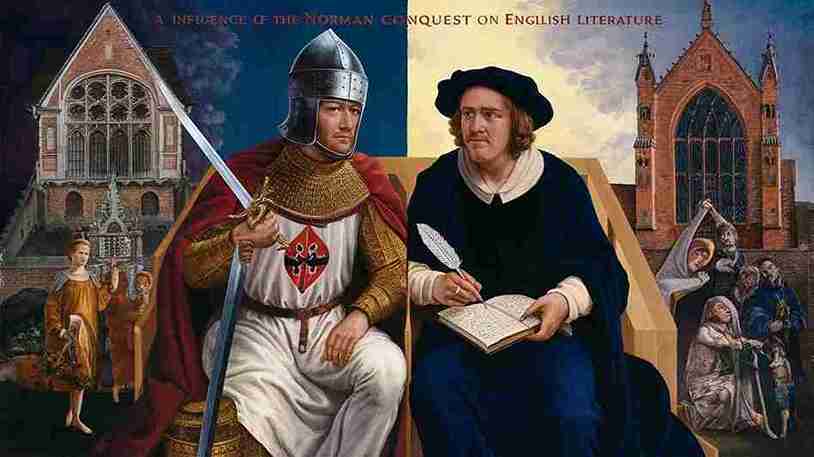
The Norman Conquest of England in 1066 exercised a far-reaching influence upon English literature in the Middle Ages. It not only imposed a French-speaking ruling caste on England but also changed greatly the tone and temper of English literature. After the Conquest the literature of France permeated the literature of England so thoroughly that when English composition began again it was founded both in matter and form on French. “No knowledge of Anglo-Saxon poetry”, says Legouis, “is needed in order to read Chaucer; but it is impossible to understand the origin of his work without knowing something of the French poetry which preceded it.” NORMAN CONQUEST & RELIGIOUS LITERATURE
The Conquest brought England more immediately into contact with continental literature and especially with French literature which was the leading literature of Europe at the time, “rich and varied in theme, polite and urbane in spirit, easy and confident in performance” (A. C. Baugh). Thus coming in contact with French literature English literature acquired an ease, and skill and polish which were absent in Anglo-Saxon literature. The full and triumphant achievement of this ease and skill and polish is to be found in Chaucer.
The Conquest meant the disappearance of the magnificent heroic sagas telling of the tragic struggles of men and gods. It brought in, in its place a bright, varied, talkative literature, which runs to endless verses and which makes a wonderful romance out of every subject it touches. “The theme may be religious or love or chivalry or history, the deeds of Alexander or the misdeeds of a monk; but the author’s purpose never varies. He must tell a romantic story and amuse his audience; and the more wonders and impossibilities he relates, the more surely is he
believed” (Long). NORMAN CONQUEST & RELIGIOUS LITERATURE
The Conquest affected the tone of English poetry greatly. Before the Conquest English poetry dealt with sinister landscapes and mournful scenes. The English poets, were, as it were, incapable of seizing a luminous detail. After the Conquest they imbibed the French taste for well-lit pictures and dealt with flower-decked meadows and singing-birds. Thus in middle English literature we come across bright details of spring, and blue sky instead of the storm-tossed seas and battle-fields strewn with dead bodies torn by carrion birds.
Another immediate result of the Norman Conquest was that the rhymed verse of France soon replaced the Anglo-Saxon alliteratative tradition, though there was a remarkable revival of alliterative verse in the fourteenth century. The verse also became the medium of much Middle English historical and miscel- laneous writings for which prose has ever been (and was, in the Anglo-Saxon period) the appropriate vehicle.
English literature gained in clarity after the Conquest. “To pass from Beow’ulf and even from the Battle of Maldon to the Chanson de Roland is like coming from gloom into light. This sense of light is everywhere: in subject, in manner, in the spirit animating both and the mind which guides them, and above all, in the difference in language,” (Legouis)
In the Middle English period there were a number of literary dialects. It was only towards the close of the Middle English period that the East Midland dialect became more or less the standard literary language. The reason for the number of Middle English literary dialects was that, as a result of the Norman Conquest, Wessex lost its political and cultural importance with the result that its dialect, Wessex Saxon which had established its supremacy as the literary language in the Anglo-Saxon period, lost its prestige.
As with the court and the new aristocracy using French there was no force making for the supremacy of any one Middle English dialect over the other, the English writers were free to use the language of their own region. NORMAN CONQUEST & RELIGIOUS LITERATURE
RELIGIOUS LITERATURE OF THE MIDDLE AGES
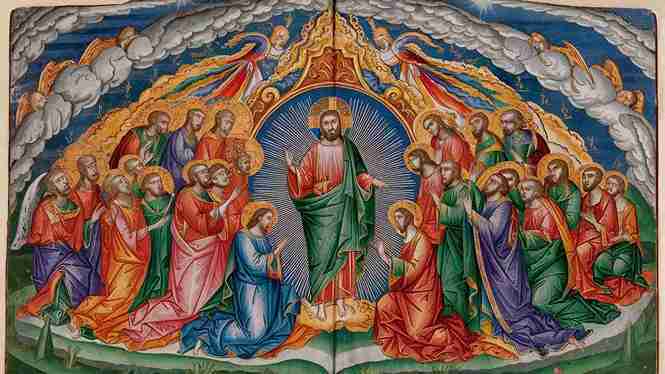
Until towards the middle of the fourteenth century after the Norman Conquest the great mass of the works which can be called English were of religious nature. They were written for the religious instruction and moral guidance of the mass of the people, and consisted of homilies, sermons, transla- tions and paraphrases of the Bible, rules for the monastic life and prayers. For the most part they were translations of French or Latin works.
As they were meant for the poor, the oppressed and the ignorant, their language was very simple, with many explanations and matter-of- fact details. Moreover, the religious writers of the period were seized with the craze for story-telling. They found it advantageous to make use of the tale-loving spirit, and supply the people with stories that should point a moral and preach a dogma.
(a) Poetry
(i) Poema Morale
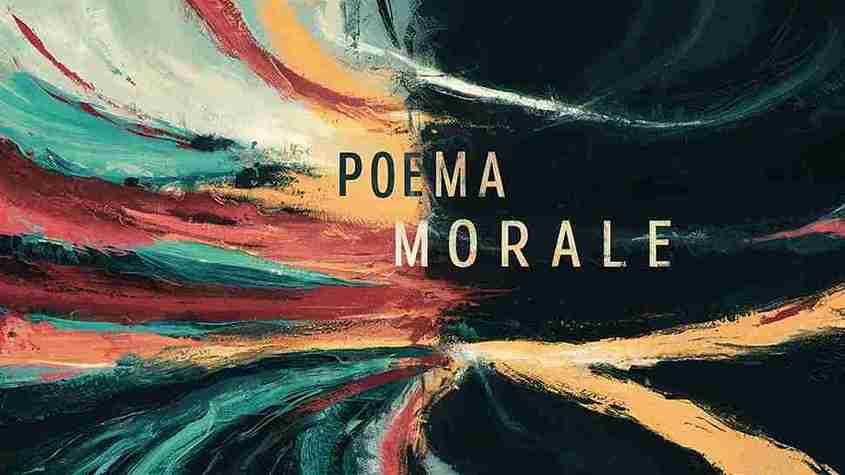
The earliest of these religious works is Poema Morale or Moral Ode, the first version of which probably dates from about 1170. The poem runs to four hundred lines. The poet begins the poem in a subjective vein. He laments his own misspent youth and wasted opportunities, and exhorts his readers to turn from the ways of this world into the paths of virtue and salvation. He refers to the terrors of Doomsday, the torments of Hell and the joys of Heaven. There is a surprising note of cynicism in the opening lines. The poet says that a man who trusts too much in his wife and child is in danger of missing the salvation.
Though the poem deals with medieval commonplaces it is remarkable for its metre which is iambic septenarius, It was a Latin metre adopted by the poet to suit the native verse. This metre became almost the staple verse-form of later English ballads. It was used in Cowper’s John Gilpin. NORMAN CONQUEST & RELIGIOUS LITERATURE
(ii) Sinners, Beware
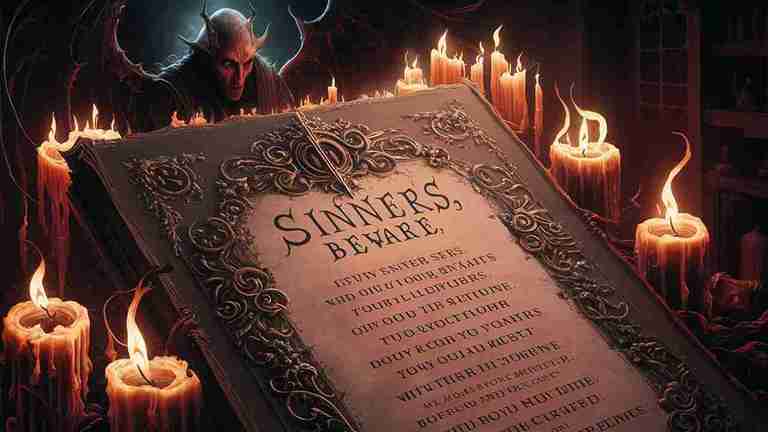
Similar in theme is Sinners, Beware, a peom of 354 lines. It describes the horrors of Hell and warns against the Seven Deadly sins. It recalls the horrors of the grave where, the body shall be eaten by worms and pictures the Judgment Day. “It is remarkable in being written in the six-line stanza, a abaab later often found in the romance and shows how far French verse patterns had penetrated into the English verse tradition by the end of the twelfth century.” (A. C. Baugh)
(iii) Ormulum
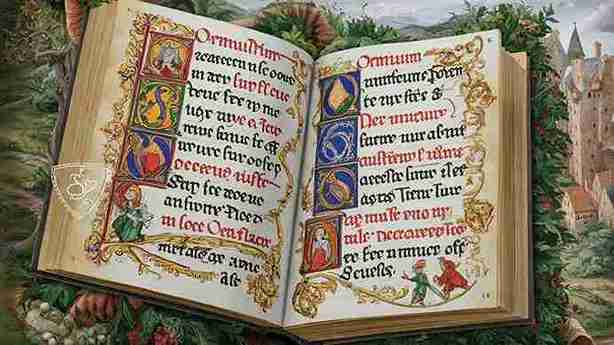
An Augustinian monk named Orm or Ormin who lived in Mercia. It is a paraphrase of the Gospel after the manner of Caedmon’s Paraphrase. Urged by his brother monk Walter to translate and explain the Gospels for the ecclesiastical year, he wrote the book. Only a fragment-about one-eighth of the book-has survived, but this fragment contains ten thousand lines.
Had the book been preserved in its entirety it would have reached the amazing length of eighty thousand lines. It contains much that is not in the original; each paraphrase is followed by an exposition for the English readers. The result is that “a diffuse paraphrase of the Gospel is followed by a still more diffuse commen- tary”, as Ten Brink aptly says. NORMAN CONQUEST & RELIGIOUS LITERATURE
The book serves as a milestone of the English literary and cultural history. It shows that the French literature and culture had not as yet penetrated to Mercia, because Norman French words are rare in the book. Orm seems to have known nothing of the newer school of ecclesiastics such as Aúselm, Bernard and Abelard. He follows the traditional school of Aelfric, Bede and Augustine. NORMAN CONQUEST & RELIGIOUS LITERATURE
The poem is written in iambic septenarius (i.e. iambic, metre of fifteen syllables), the verse-form used in Poema Morale. Orm is determined to be clear even to the dullest reader; so he repeats himself shamelessly without so much as varying the phrase. The result is intolerable monotony which is illustrated in the single line which tells us simply:
piss boc iss nemmnedd Orrmulum forpi patt Orrm itt wrohhte. [This book is named Ormulum because Orm wrote it] Orm invents a new spelling, in which he doubled the consonants after every short vowels. The literary merit of the book approaches what a physicist will call the absolute zero, but it is of great importance to philologists. NORMAN CONQUEST & RELIGIOUS LITERATURE
(iv) The Owl and the Nightingale
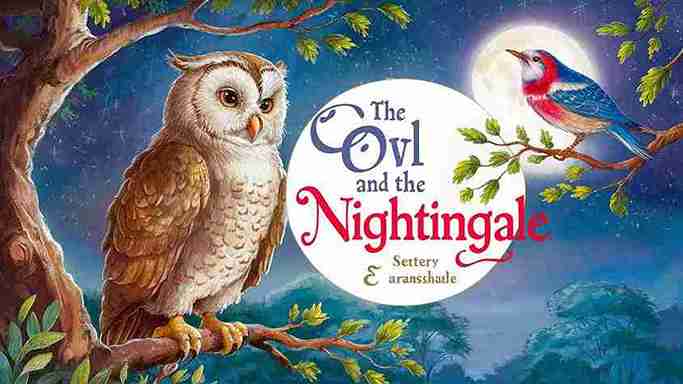
An amazing phenomenon in Middle English literature, The Owl and the Nightingale was written not far from the year 1200. It has been attributed to Nicholas de Guildford, the “Maistre Nichole” of the poem. who lived at Portesham in Dorset. It is the first example in English of de’bat, as it is called in French-the contest in verse between two or more speakers.
The verse debate was a popular literary convention in France at the time. In the poem there is a long altercation between a nightingale and an owl, each of whom criticized bitterly the manner of life and the singing capacities of the other. The nightingale attacks the owl’s-ill-omened song and dark and solitary habits, while the owl dwells on the idle singing of the nightingale.
Throughout the dispute the owl appears as the more powerful logician, but matters are made equal by the nightingale’s gift of invective. At last they agree to refer the dispute to Master Nichole. The poem is an allegory. The nightingale represents the secular ways of life, while the owl the monastic. Though the debate remains unresolved by the end of the poem, the owl seems to have won on points.
But whatever the allegorical significance, the poem is not devoid of dramatic situations and dramatic methods. The debate is brought to a dramatic climax by the appear-ance of the wren and his companions. The main interest of the poet lay in giving life and spirit to a conventional form. The narrative is handled with an ease, and the dialogue succeeds in painting vividly the characters of the two disputants (the owl and nightingale), but also aspects of the contempor- ary life.
NORMAN CONQUEST & RELIGIOUS LITERATURE
Beowulf: Summary and analysis of poem
Battle of Finnsburg::Widsith::The Wanderer Summary of 3 Great poem
The poem is historically important. It shows an appreciation of the gentler and softer aspects of nature. It was the wilder aspects of nature which appealed to the Anglo-Saxon poets. The poet of The Owl and the Nightingale saw beauty in the gentle arrival of spring, with its blossoming meadows and flower-decked woodlands, as as well as in mellow autumn with its golden hues and fallow tints.” NORMAN CONQUEST & RELIGIOUS LITERATURE
(v) Handlyng Synne
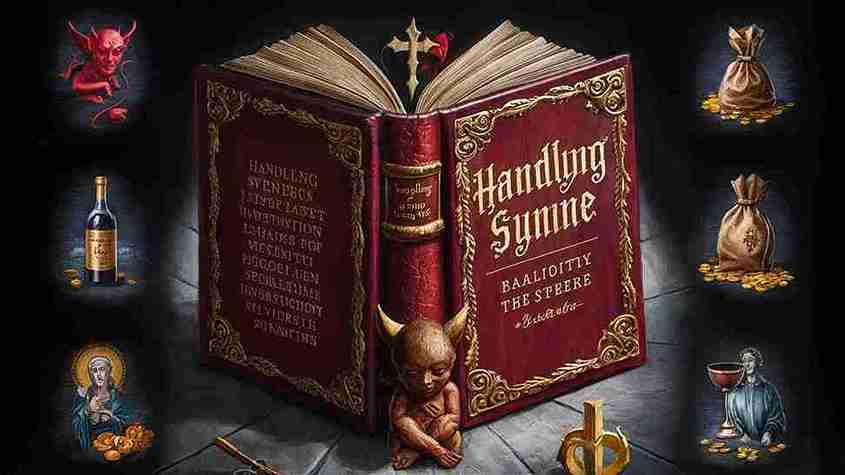
In 1303 Robert Mannyng of Brunne wrote his Handlyng Synne. It was based on the French Manuel des Pe’che’s of William of Wadington. It is in reality a collection of tales, and anecdotes and concrete instances illustrating the vices and weaknesses of man. Mannyng’s object is amusement as much as edifications. He is a close observer of the customs of his time and paints them in vivid colours. He inclines to satire, and he frankly attacks the landlords, anticipating thereby Langland’s Piers Plowman. He does not even spare the clergy, whom he criticises for laxity, luxury and frivolity. NORMAN CONQUEST & RELIGIOUS LITERATURE
(vi) Cursor Mundi
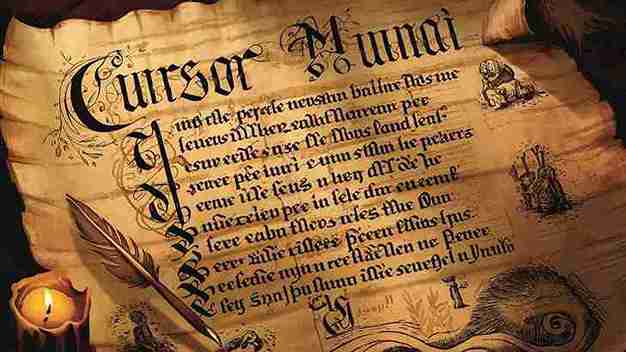
The demand for pious stories was abundantly supplied by the Cursor Mundi, an enormous poem of some thirty thousand lines, written about The author, whose name is unknown was most probably a Nor-thumbrian cleric. The poem which is encyclopaedic in scope deals with all the important incidents of both Old and New Testament story, and a great variety of moral and religious topics. It serves as a good introduction to the medieval world history. The poet arranges his work in seven main divisions, and discourses in leisurely fashion of the fall of Angels, the creation of man, and the expulsion of Adam from the paradise.
The poem relates the death of Adam, and the history of the main Old Testament characters. The poet then passes on to the New Testament stories, and tells of Christ’s birth, life, death, resurrection, descent into hell, and his ascension into heaven. The poet also deals with the history of the Apostles, and the discovery of the cross by St. Helena. Finally he describes the coming of Antichrist, the terrible signs seen before the Day of Doom, the Day of Judgment and the state of the world afterwards. NORMAN CONQUEST & RELIGIOUS LITERATURE
Though the poet deals with a sacred subject, he has availed himself, in every direction, of the spirit of romance which had fascinated the imagination of the medieval mind and has composed his religious history of the world in mood precisely like that in which Benoit de Ste. More composed his Roman de Troie. As Arthur Compton Rickett rightly says, “The Cursor Mundi is the first attempt made in England to blend in one whole Biblical stories and medieval legends. Incidents quiet as marvellous as any to be found in the romances are related with an air of sober reality and with much circumstantial details”. NORMAN CONQUEST & RELIGIOUS LITERATURE
The book was immensely popular in the Middle Ages and assisted greatly the developments of the miracle plays. NORMAN CONQUEST & RELIGIOUS LITERATURE
(vii) The Prick of Conscience
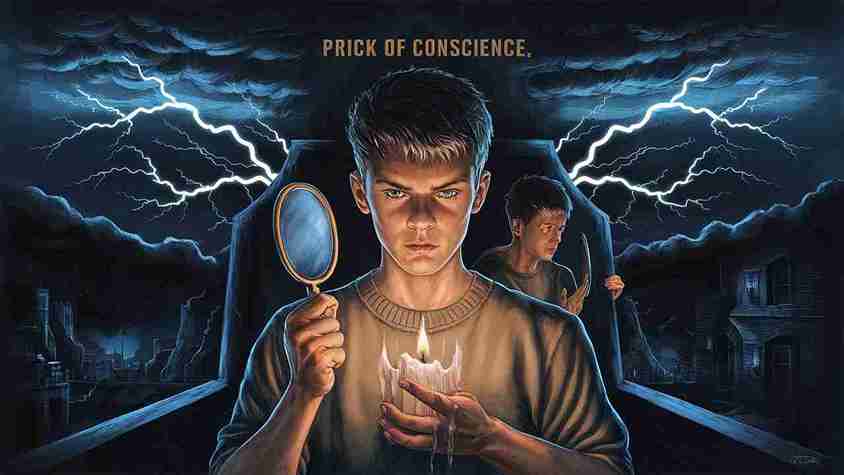
Another remarkable religious poem of the period is The Prick of Conscience. It was long attributed to Richard Rolle, but now there are serious doubts as to whether he wrote it. This work is based on the writings of the early fathers, and describes the joys and sorrows of a man’s life as he is affected in turn by good and evil. In a prologue and seven parts the poem treats the wretched nature of man, the transitori- ness of the world, and death which is inevitable. The matter dealt with is abstract, but it is handled in a simple way. NORMAN CONQUEST & RELIGIOUS LITERATURE
(b) Prose
The Ancren Riwle is the greatest prose work of the early thirteenth century, and one of the most interesting of the whole Middle English period. It has come down to us in English, French and Latin versions. The English version is, however, believed to be the original. The question of authorship is still unsolved, but Richard Poore who held the See of Salisbury from 1217-29 is accepted as the author. NORMAN CONQUEST & RELIGIOUS LITERATURE
Ancren Riwle or Rule of Anchoresses is written for the guidance of three ladies, who lived the life of retirement from the world in a slight dwelling attached to a church. It has distinct eight books. The first book is devoted entirely to religious observances and devotional exercises.
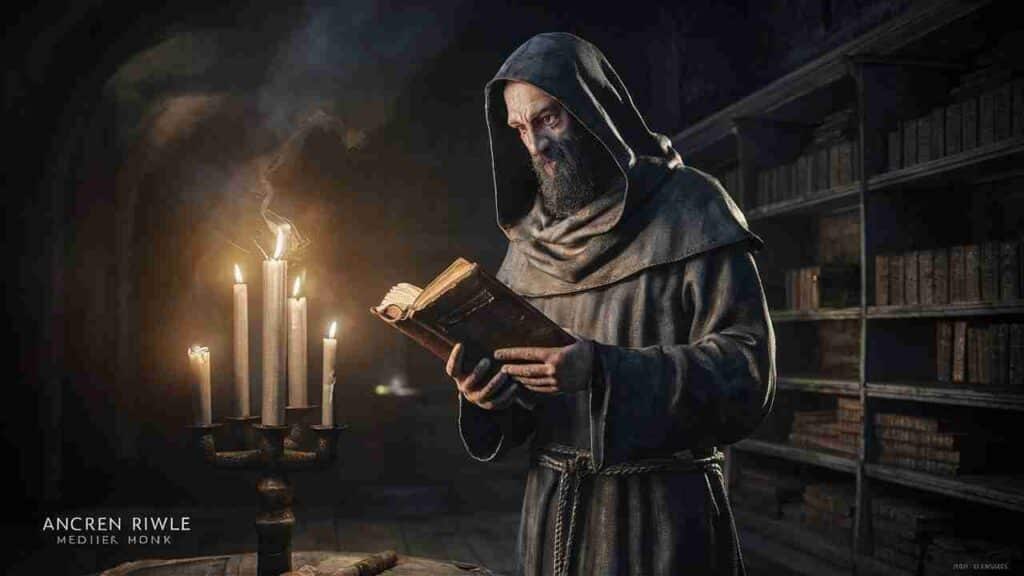
“Then follow books on the five senses as, guardians of the heart, the advantages of a life of retirement from the world, the temptations fleshly and spiritual which must be resisted, confession, penitence and the love of Christ.” (A. C. Baugh), The eighth book gives specific advice on domestic matters-food, clothing, attendants and a variety of other domestic matters. NORMAN CONQUEST & RELIGIOUS LITERATURE
What distinguishes The Ancren Riwle from other devotional treaties is the personality of the unknown author. His qualities of mind and temperament-his independence and remarkable freedom from the conventional attitudes of the ordinary religious writer of the Middle Ages, a broadness of view-give the book its charming and enduring quality. The writer, while not unmindful of the usefulness of the external rules, insists upon the purity of heart (i.e. clean unstained conscience). The subject of the book has lost much of its significance in the modern materialistic and sceptical world, but the personality of the author which shines through every page remains undimmed after the lapse of seven centuries. NORMAN CONQUEST & RELIGIOUS LITERATURE
About the Author
Sisir Mondal
Administrator
My name is SISIR MONDAL, I complete my graduate from University of Kalyani , West Bengal, India . I am like to build WordPress website and also developing this type of website . If you want your website , you can contact me trough email. thanks to visit this site.

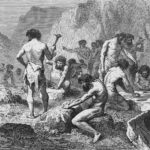
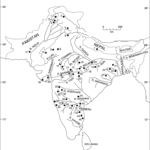



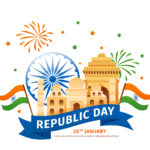



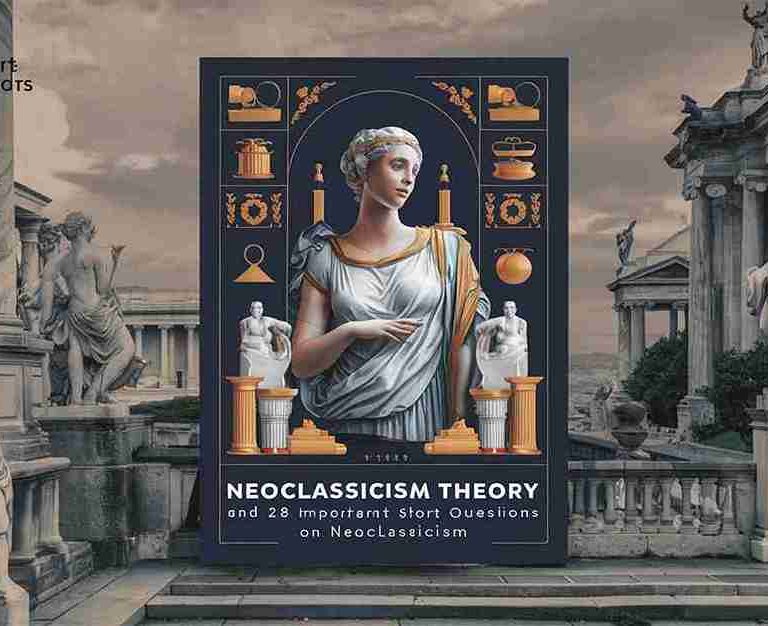
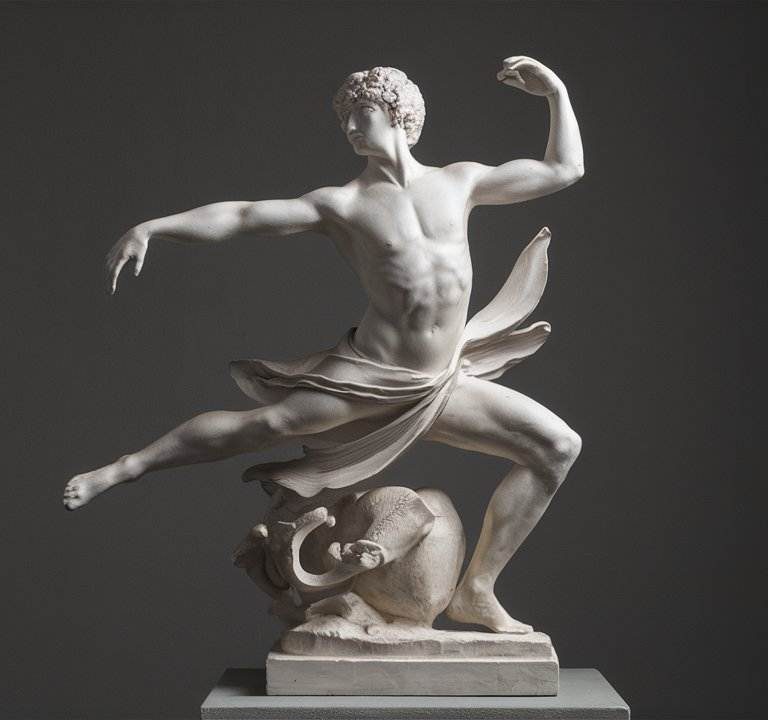



Your writing style is cool and I have learned several just right stuff here. I can see how much effort you’ve poured in to come up with such informative posts. If you need more input about PR Marketing, feel free to check out my website at Seoranko
Hey there, I appreciate you posting great content covering that topic with full attention to details and providing updated data. I believe it is my turn to give back, check out my website ArticleHome for additional resources about Website Traffic.
Great!!! Thank you for sharing this details. If you need some information about Auto Export than have a look here Autoprofi
An interesting topic and I’m glad to come across your page where I found some helpful insights. Check out my website Articleworld too, if you need additional resources about Card Games.
Superb layout and design, but most of all, concise and helpful information. Great job, site admin. Take a look at my website UY7 for some cool facts about Advertise.